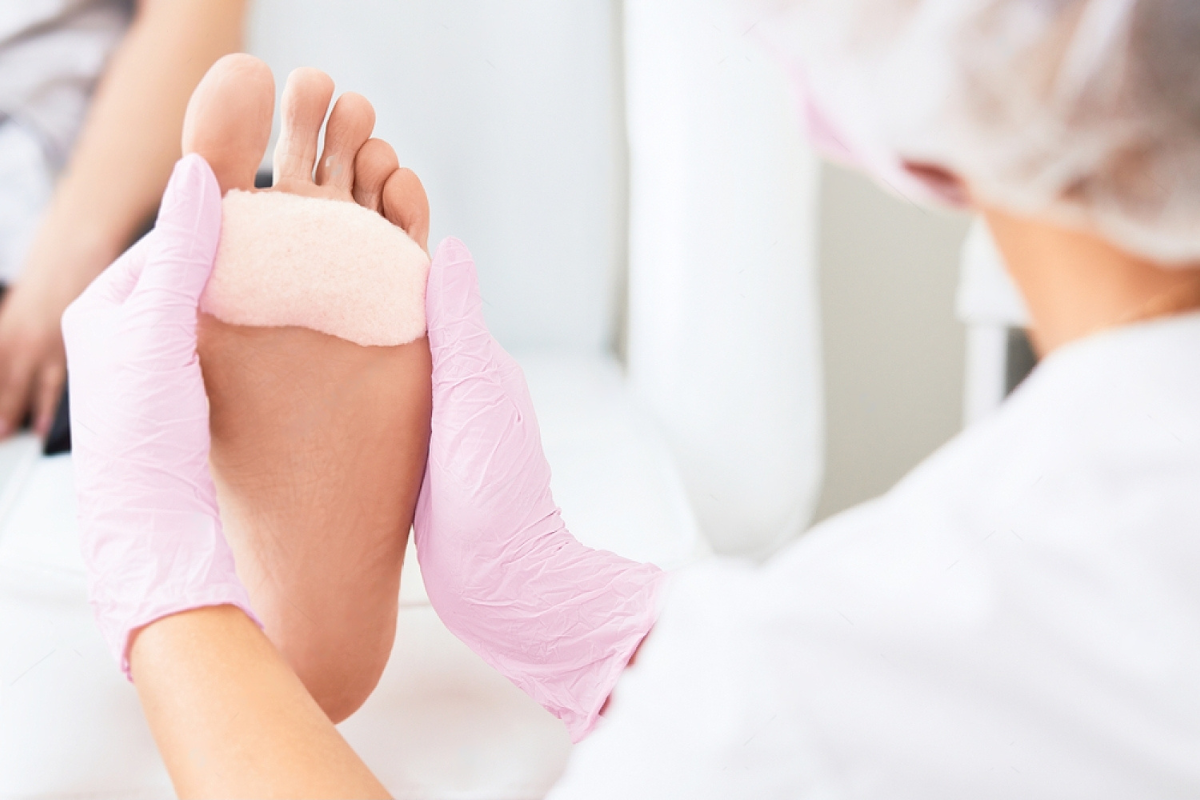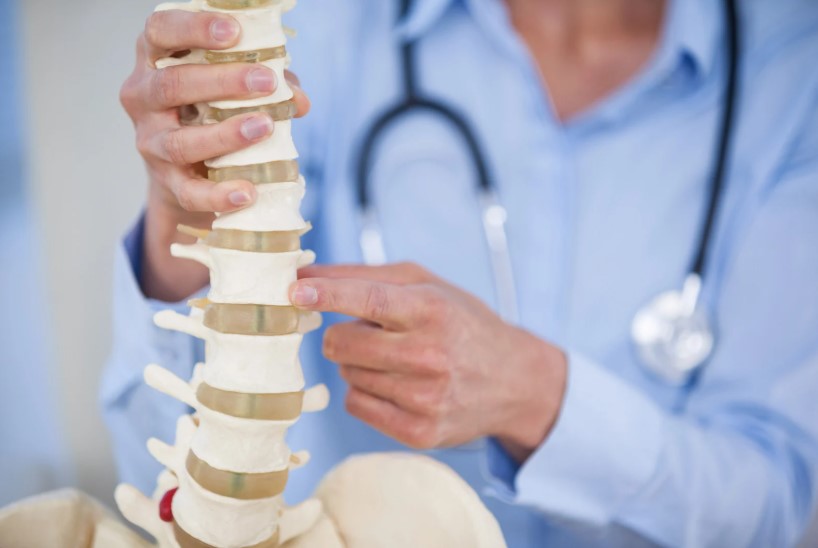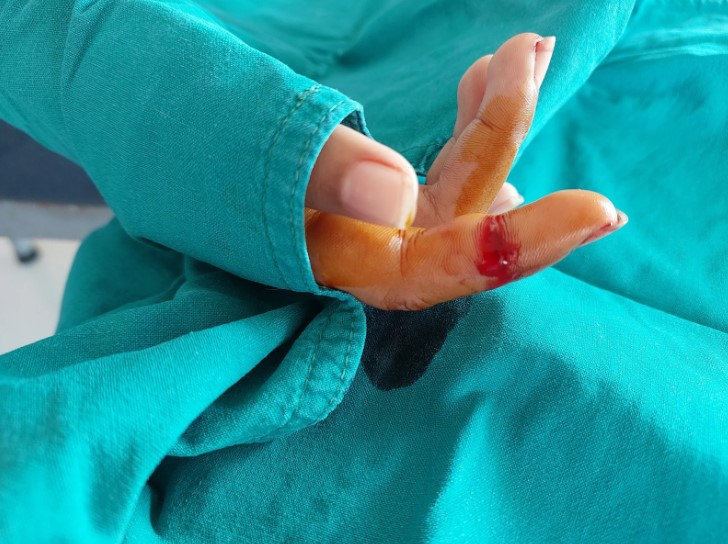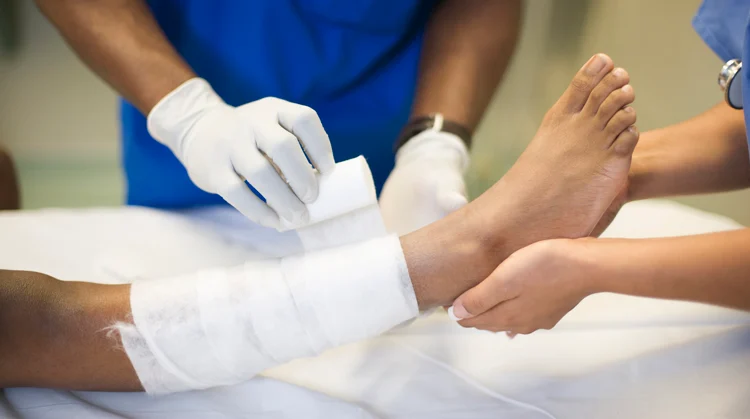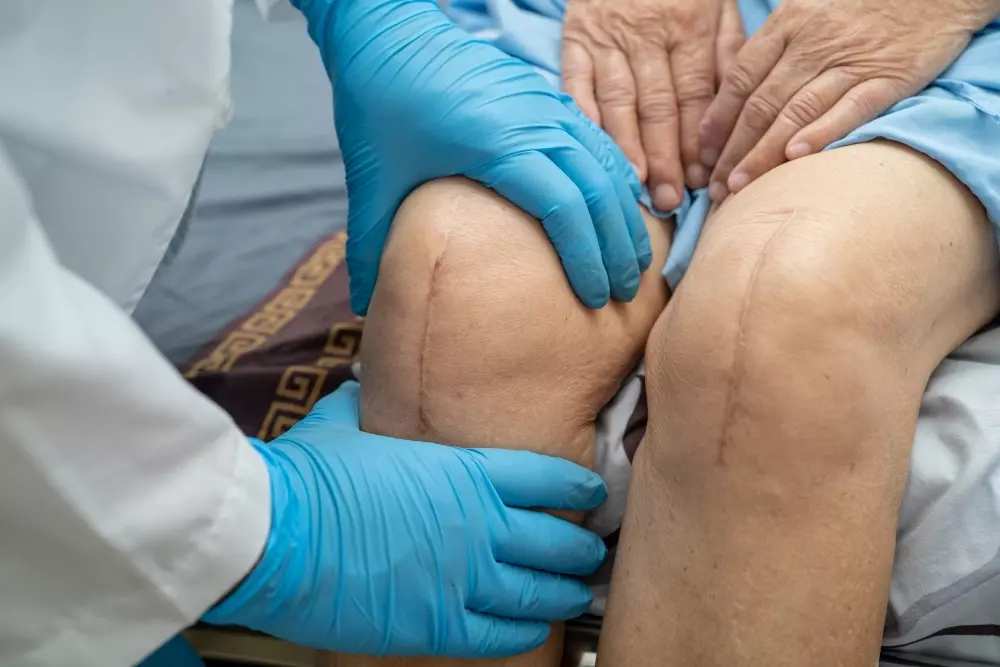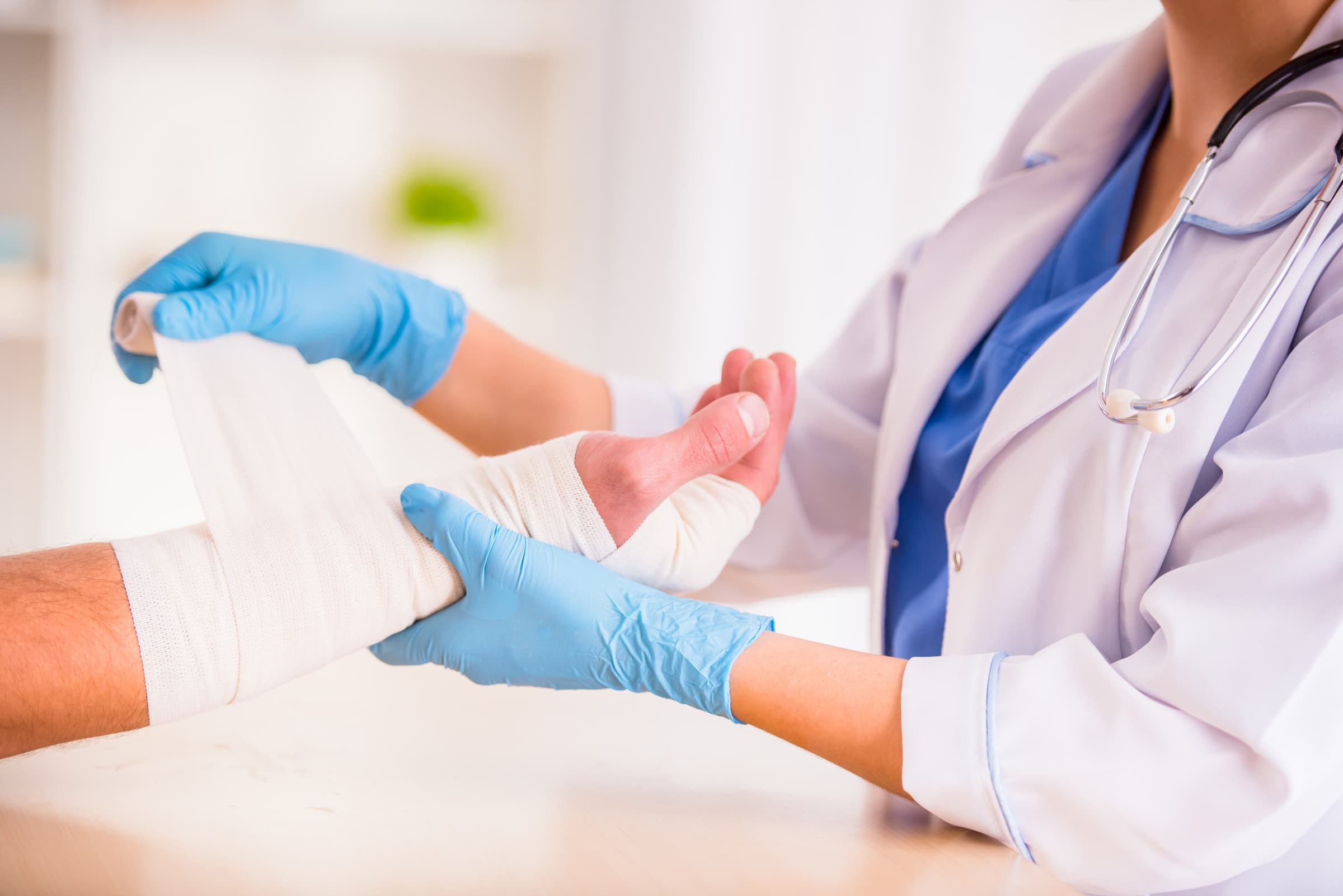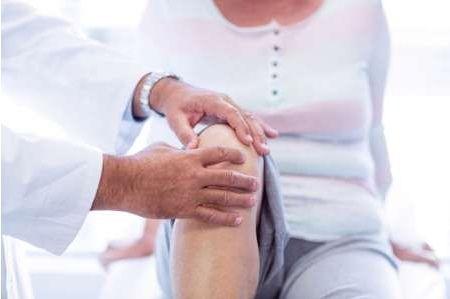Toe ulcers represent a significant health concern, especially for those living with conditions like diabetes that predispose them to nerve damage and poor circulation. Timely and focused medical intervention can make all the difference in preventing complications such as infections and even amputations. This comprehensive article delves into the role of Orthopedic Treatment for Toe Ulcers—a specialized approach that encompasses early diagnosis, detailed treatment methods, and long-term management strategies to protect both healing and mobility.
Understanding Toe Ulcers
What Are Toe Ulcers? Toe ulcers are open sores that commonly develop on the toes due to factors like compromised blood flow, nerve damage, or infections. These wounds may begin as small abrasions but can evolve into larger, persistent ulcers if not addressed promptly. When circulation is poor or nerves are damaged—as is common among diabetic individuals—minor injuries can lead to chronic wounds that are difficult to heal.
Causes and Risk Factors: Multiple factors contribute to the development of toe ulcers. Poor circulation restricts the blood supply vital for healing, while neuropathy (nerve damage) can prevent individuals from feeling pain, which delays the recognition of injuries. Infections further complicate the situation, often leading to rapid deterioration. For diabetic patients in particular, these risks are significantly higher, making vigilant foot care a necessity.
Consequences of Untreated Toe Ulcers: Without prompt and effective treatment, toe ulcers can become a gateway to severe infections. These infections may spread to surrounding tissues and bones, potentially leading to tissue death (necrosis) or even requiring surgical intervention such as amputation. The progression of untreated toe ulcers not only poses health risks but also diminishes mobility, underscoring the urgent need for specialized care.
The Importance of Orthopedic Treatment for Toe Ulcers
Why Orthopedic Care is Essential: Orthopedic Treatment for Toe Ulcers plays a pivotal role in ensuring that these wounds receive proper attention. Orthopedic specialists bring advanced expertise to the diagnosis and treatment of toe ulcers, emphasizing early intervention. This proactive approach aids in effectively controlling infections, accelerating tissue healing, and most importantly, preserving the patient’s mobility.
Key Treatment Objectives: The primary goals of orthopedic treatment are threefold:
- Infection Control: Utilizing antibiotics and proper wound care techniques to manage and prevent infections.
- Promoting Healing: Implementing strategies that foster tissue regeneration and expedite the healing process.
- Preserving Mobility: Employing methods that minimize further damage, ensuring that foot function is retained and that patients maintain their ability to move safely.
These treatment objectives are crucial, particularly for patients with diabetes who are at an increased risk of developing severe complications from toe ulcers.
Overview of Treatment Approaches: Orthopedic Treatment for Toe Ulcers encompasses both non-surgical and surgical options, tailored to the severity of the condition. In many cases, non-surgical interventions are sufficient to manage the ulcer, but in instances where the infection is more advanced, surgical intervention may be required. Orthopedic specialists assess each case individually to determine the most effective course of action.
Detailed Orthopedic Treatment Methods
Diagnostic Process
The first step in treating toe ulcers is a thorough diagnostic evaluation. Doctors often employ various diagnostic methods, which may include imaging studies and laboratory tests, to determine the extent of the ulcer and any underlying issues such as infections or circulatory problems. Early and accurate diagnosis is critical, as it forms the foundation of an effective treatment plan.
Non-Surgical Interventions: For many patients, non-surgical methods are the preferred route. These interventions include:
- Wound Debridement: This procedure involves removing dead or infected tissue from the ulcer. By cleaning the wound, the body is better able to initiate the healing process.
- Topical Treatments and Antibiotic Therapy: The application of specialized creams and the use of systemic antibiotics help control bacterial infections. These treatments are especially important in preventing the ulcer from worsening.
- Customized Orthotic Devices: Special footwear or orthotic devices can relieve pressure on the affected area, fostering a better environment for healing.
Surgical Options: When non-surgical interventions are insufficient, surgical options may be considered. Surgical procedures may involve:
- Debridement Under Anesthesia: In severe cases, the removal of necrotic tissue may require surgical debridement to ensure complete cleaning of the area.
- Reconstructive Procedures: In certain cases, reconstructive surgery may be necessary to restore the structure and function of the foot, particularly when the ulcer has significantly damaged the surrounding tissues.
Rehabilitation and Physical Therapy: Following both non-surgical and surgical interventions, rehabilitation is a crucial aspect of the overall treatment process. Physical therapy helps patients regain strength, mobility, and flexibility. Targeted exercises are designed to promote circulation and support tissue healing while ensuring that the foot remains functional during and after recovery.
Innovations in Treatment Technology: Advances in medical technology have led to improved methods for managing toe ulcers. Techniques such as laser therapy, hyperbaric oxygen therapy, and novel wound dressings enhance the healing environment, accelerate tissue recovery, and reduce the risk of infection. These innovations are frequently integrated into Orthopedic Treatment for Toe Ulcers, providing patients with the best possible care.
Preventative Measures and Long-Term Management
Daily Care and Self-Monitoring; Preventing toe ulcers is an integral part of long-term health management, particularly for high-risk groups such as diabetics. Daily foot inspections, proper hygiene, and prompt attention to any minor injuries can significantly reduce the risk of developing ulcers. Patients should be educated on the importance of moisturizing their feet to prevent skin cracks that can serve as entry points for infection.
Regular Check-Ups and Professional Monitoring: Orthopedic Treatment for Toe Ulcers is not just about immediate wound care—it’s also about long-term management. Regular check-ups with an orthopedic or podiatric specialist can help detect early signs of complications before they escalate into severe ulcers. Routine monitoring is especially critical for diabetic patients, who must remain vigilant about foot health.
Lifestyle Modifications: Adopting a healthier lifestyle is another preventative strategy that contributes to better circulation and overall foot health. Simple measures such as maintaining a balanced diet, engaging in regular exercise, and avoiding smoking can greatly enhance blood flow to the extremities. These changes not only support the healing process but also reduce the likelihood of future ulcerations.
Takeaway
Toe ulcers require a proactive, multidisciplinary approach to ensure effective healing and the preservation of mobility. Orthopedic Treatment for Toe Ulcers stands out as a specialized method that integrates thorough diagnostic procedures, tailored non-surgical and surgical interventions, and dedicated rehabilitation programs. Through early intervention and comprehensive care, patients can significantly mitigate the risks associated with toe ulcers—namely severe infections, tissue death, and the loss of mobility.
For anyone experiencing symptoms of a toe ulcer, seeking prompt evaluation from an orthopedic specialist is essential. The right treatment plan not only addresses the current condition but also lays the groundwork for long-term foot health and improved quality of life.

